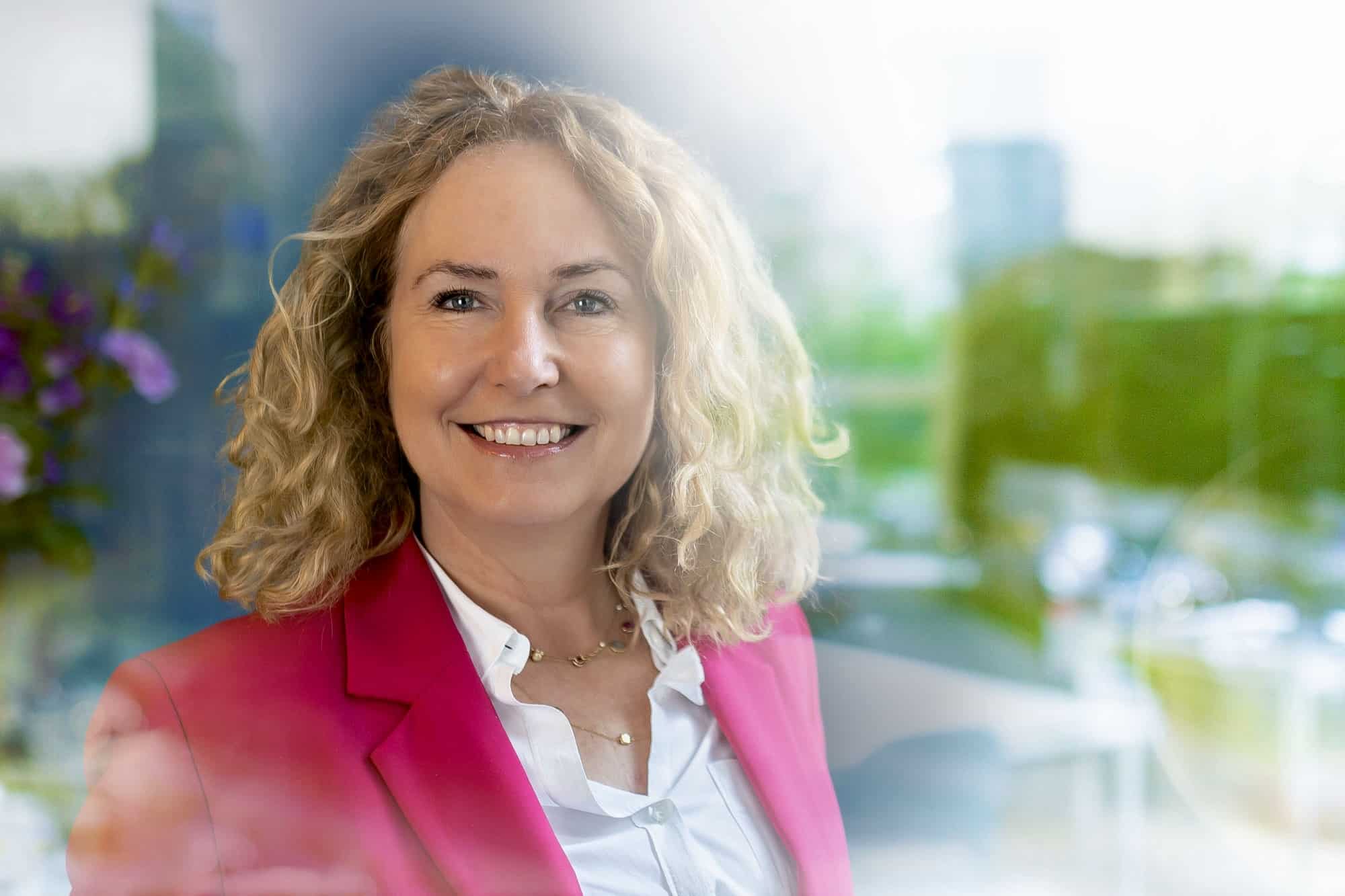
From European defence to the defence of Europe
The newly elected European Parliament will shape the EU’s political direction over

The construction sector is crucial for our prosperity and well-being, yet it is also widely recognized as one of the most polluting industries globally. Currently, construction is responsible for nearly 40% of global waste. The imperative for increased circularity within this sector is therefore significant. But what does circularity entail exactly, why is it crucial, and how can we foster the transition to circular practices in the building industry? Maxim Waal, Junior Advisor at Hague, argues in this blog that the circular construction economy can only gain momentum if governments establish the necessary conditions.
By 2030, the Netherlands aims to construct one million new homes and the supporting infrastructure. Despite the European Union having set ambitious climate policies, experience shows us that sustainability often takes a back seat when economic demand surges. Moreover, the construction sector has long epitomized the linear economy model, characterized by the ‘extract-produce-consume-dispose’ dynamic. While this model has driven significant economic growth, it is now showing its limitations. Not only does it contribute to climate change, but it also promotes unsustainable use of our finite resources as a society. Hence, transitioning towards a more circular economic model is crucial. This approach focuses on extending the lifespan of natural resources by reusing waste from one industry as raw materials in others.
Circularity in the economy is among the most pressing and complex challenges confronting our society today. How can we shift from a linear economic model to one that is more circular and sustainable without neglecting our industrial imperatives? And how can we effectively involve traditionally linear sectors, such as construction, in this transformative journey?
Currently, construction materials are reused to a very limited extent. The construction sector primarily relies on new raw materials rather than utilizing waste or by-products for manufacturing building materials. The consequences are severe: the sector accounts for over 50% of raw material consumption in the Netherlands, generates 40% of the country’s waste, and contributes to 11% of total CO2 emissions. Due to its substantial impact, circular building is a key component of the Dutch government’s five transition agendas. However, the Circular Building Implementation Program primarily emphasizes the environmental performance of materials and buildings (known as the MPG), sometimes neglecting other aspects of circularity despite opportunities for further government promotion of circular practices.
Government policies that effectively stimulate the development of smart innovations play a crucial role in advancing the circular construction economy. Recently, ASCEM – the research institute of prefab company BTE – announced INVIE, a binder that achieves a remarkable 90% reduction in CO2 emissions compared to traditional cement. INVIE is derived from residual streams from waste incineration plants and blast furnaces, including those at Tata Steel. This innovation allows compliance with climate targets for the building sector set well beyond 2030 in the Paris Agreement. INVIE not only reduces CO2 emissions but also minimizes waste streams, marking a significant breakthrough. However, scaling such products to the market presents significant challenges.
One major hurdle is the existing product composition standards that hinder the introduction of innovations. Current norms are rooted in historical performance metrics, which translate into rigid composition requirements. Consequently, products are evaluated based on their composition rather than their performance capabilities. These norms are reinforced by government legislation and indirectly through public procurement processes.
Moreover, there is a lack of a central authority responsible for evaluating and certifying innovative building products based on their performance criteria. The absence of independent certifications and limited opportunities for innovation in public tenders hinder widespread market acceptance and complicate large-scale investments needed for expanding production facilities. This barrier impedes the mainstream introduction of innovative, circular products.
The sustainable construction economy can only flourish if low-carbon products receive fair recognition. Price remains a critical determinant in the demand for building materials. For instance, ProRail continues to import inexpensive yet non-sustainable rail tracks from Poland. Companies will prioritize sustainable alternatives only if they prove cost-competitive. However, the current CO2 offsetting system falls short in achieving this goal.
Currently, cement production in Europe requires the purchase of emissions allowances for the CO2 emitted. While these allowances are currently partially free, changes are expected under the Carbon Border Adjustment Mechanism (CBAM). The implementation of Carbon Capture Storage (CCS) projects to mitigate CO2 emissions is anticipated to rise, theoretically increasing the costs of traditional cement and making sustainable alternatives more appealing. Nonetheless, cement producers are not always compelled to fully reflect CO2 costs in their product prices. Furthermore, they often secure funding for CCS projects externally, artificially maintaining lower prices and dissuading potential new entrants.
Overcoming this cycle domestically without compromising the international competitiveness of Dutch companies is a formidable challenge. Therefore, European measures are essential to incentivize sustainable choices. One potential solution is a European CO2 tax, whereby products are taxed based on their documented CO2 emissions in independent Environmental Product Declarations (EPDs). This taxation framework would ensure that products with higher emissions incur greater costs than those with lower emissions, thereby stimulating sustainable innovation. Additionally, it offers an opportunity for producers of existing sustainable products to expand operations and further reduce production costs.
Note: Ascem is a client of Hague Corporate Affairs.


The newly elected European Parliament will shape the EU’s political direction over

Six questions for Sandra Maas Sandra Maas joined Hague as Managing Director